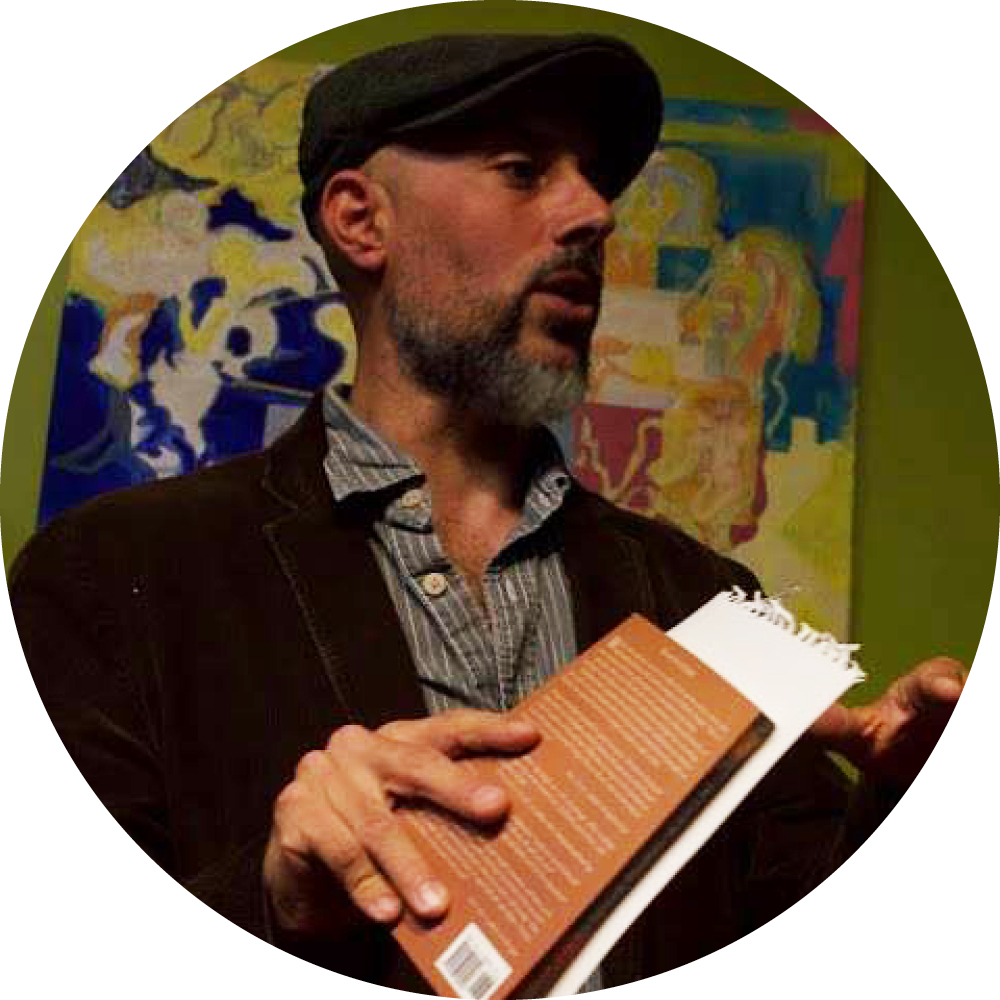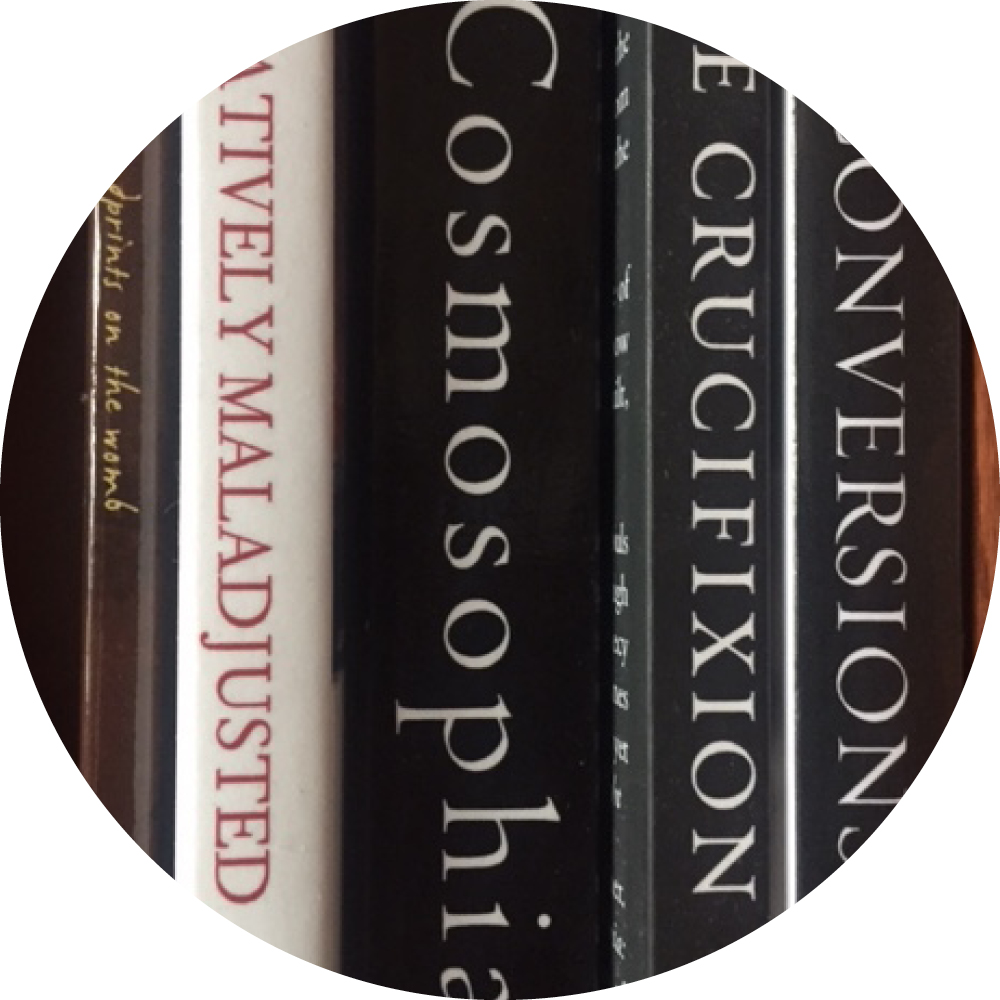The Wild God
By Leslie M. Browning
I am a spiritual mutt. The parentage of my faith is a blend of many bloods – the product of many intersecting philosophies. I’ve passed through almost every world religion at some point, looking for the ever-elusive “truth”. Only ever finding varying approaches to the same set of questions. Who am I? Why am I here? Is there something greater? Are we alone or are we all connected?
I spent a number of years locked away with my books, fiddling with the pieces of the greater puzzle. Frustrated by everything I couldn’t understand, I gave up my belief. It wasn’t until I got away from the noise of my work and worries that I began to hear myself again and in that found peace with the mysteries. The place I hear myself most clearly is in the wild calm.
Stonington Borough is situated on a relatively small piece of land jetting out into Little Narragansett Bay, an inlet of the Atlantic Ocean and an estuary of the Pawcatuck River [1] in Stonington, Connecticut. The bay is sheltered by crescent peninsula known as Napatree Point, located in the beach town of Watch Hill, Rhode Island.
The Borough is homeport for one of the last remaining fishing fleets in Connecticut. The fleet is composed of lobsterman, gillnetters, and draggers. The main catch for present day Stonington fisherman is Stonington scallops, lobster, flounder, black bass, monkfish, squid, and butterfish. Stonington and Mystic, the neighboring town, once boasted a healthy whaling fleeting and fishing fleet yet things have changed. Just within my lifetime, the fishing fleet has significantly downsized. In 1997, 24 fishing vessels called Stonington their homeport. By 2007 that number was down to 17. Now, in 2015, there are only 1 or 2 left. [2]
We work to find the ineffable – the holy – but what if we had it and simply didn’t recognize it?
I pulled up to the point to find a ridge of snow piled high long the south side. Swells between 6 and 15 feet high embanking the parking lot like a horseshoe. The water was calm. Lazy waves gently broke upon the rocky shore. In the distance, a fishing boat plowed through the flat water, heading towards dock. A small flock of dark-bellied brent geese circled the shoals, nibbling on the field of seaweed clinging to the rocks. I’d only ever seen the brent goose in photos, never in up close. Like all of their species, they geese had dark bellies, black eyes, a stubby bill, and a brush of white at the top of the neck. I stood at the point, surrounded by swells of snow, watching them glide along the calm surface of the water. Lined up like a chain, following the leader through the ebb and flow of the gently rolling waves. Four of the six made their way over to a small rock, no bigger than coffee table, and laid claim to the space, where they each stood preening for a time. The two others flew off, inland, apparently with urgent matters to attend to. I watched the pair fly off into the distance and knew it was likewise time to be going.
Just as I was pulling away I saw the dark face of a seal crest above the water look around, momentarily curious of the other world above the water. In the blink of an eye, it dove back down into the cold depths. My eyes fixed upon it, I could not help but feel encountering an elusive resident of the wild such as a whale, seal, owl, or coyote was just as impacting as encountering the divine. For years during my spiritual search I sought the divine, hungering for tangible interaction with the sacred at work, yet to my frustration seldom found it. Startling, stunningly beautiful, auspicious, and otherworldly, all that I would hope an encounter with God to be, this was. I struggled to find the divine within myself, undoubtedly due to my own struggles with self-worth, yet I easily saw an element of holiness within these creatures. As I pulled away onto Water Street, and the ripples created by the seal’s descent vanished, I felt certain there was some thread of transcended consciousness running through our cosmology.
We work to find the ineffable – the holy – but what if we had it and simply didn’t recognize it? The religious devout and spiritual seekers long to encounter “God” the ineffable but the presumption is we would recognize him/her if he were in front of us. This seems an unwarranted assumption. Humanity is routinely presented with that which is sacred and deserving of reverence but we do not see it of any value.
Brought to awe by wild encounters, I feel that I’ve been looking for spiritual experience in the wrong places. Within the spaces of religion – of manmade things – instead of among those creatures who carry a spark of the divine and live with grace in the still-wild world.
[1] “Little Narragansett Bay.” Wikipedia. Wikimedia Foundation, 20 Oct. 2013. Web. 09 Mar. 2015.
[2] Community Profile of Town, ST. Prepared under the auspices of the National Marine Fisheries Service, Northeast Fisheries Science Center
About The Author
Leslie M. Browning
L.M. Browning grew up in the small fishing village of Stonington, Connecticut. A longtime student of philosophy, nature and art, these themes permeate her work. In her writing, Browning explores the confluence of the natural landscape and the interior landscape. A proud native of New England, she travels often throughout the region using her photography, drawing, and writing to explore the ecological and cultural identity of the Northeast. She is the author of numerous award-winning titles. In 2013 she won the Nautilus Gold Medal for Poetry in 2013. She followed this success with, Fleeting Moments of Fierce Clarity, which was named a finalist in the Next Generation Indie Book Awards and was nominated for a Pushcart Prize. Balancing her passion for writing with her love of learning, Leslie sits on the Board of Directors for the Independent Book Publisher’s Association. She is a graduate of the University of London and a Fellow with the International League of Conservation Writers. She is partner at Hiraeth Press; as well as Founder and Editor-in-Chief of The Wayfarer. In 2011, Browning opened Homebound Publications a rising independent publishing house. She expects the release of her next novel, The Castoff Children in the autumn of 2016.
Re-sources
Re-Imagining Education

Empowering educators to take a deeper look at the stories told in our schools and to re-imagine them in transformative and
nurturing learning spaces.
Learning Opportunities

Classes, workshops, and lectures that help to empower people to re-imagine who they are and their place in the world.
Get Involved

Help the Chicago Wisdom Project realize its mission to re-imagine education through holistic programming that transforms individual, community and world through creative expression.
